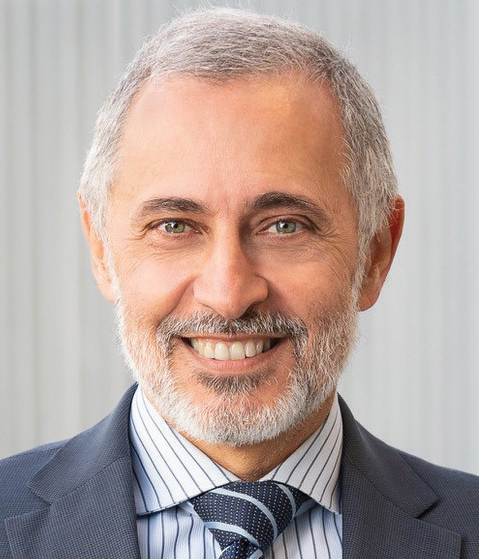Guest editorial: Osteoarthritis, Part 2
 |
 |
| Dr Maziar Badii | Dr Bassam Masri |
In the first part of this two-part theme issue on the important medical problem of osteoarthritis, as exemplified by osteoarthritis of the knee, we discussed the diagnosis and nonoperative and surgical management of knee osteoarthritis. The second part of this theme issue includes the following articles:
Article 1: Shirvani and colleagues discuss disparity in access to osteoarthritis care for Indigenous patients, especially in rural BC. The socioeconomic status of Indigenous communities is highlighted as a contributing factor to disparities in osteoarthritis prevalence and care. Barriers to accessing health care services in remote areas are discussed, and the importance of culturally sensitive care and telehealth technologies is emphasized. The authors call for further research and highlight the need to address social determinants and implement policy changes to improve osteoarthritis care of Indigenous patients.
Article 2: Alenezi and colleagues provide an overview of the radiological diagnosis and image-guided percutaneous treatments for knee osteoarthritis. Radiographs, MRI, CT, and ultrasonography are discussed as diagnostic tools. Intra-articular steroid therapy, hyaluronic acid injections, platelet-rich plasma injections, and mesenchymal stem cell injections are highlighted as percutaneous treatment options. Newer treatments such as geniculate artery embolization, neuromodulation, radiofrequency ablation, and cryoablation are also discussed.
Article 3: Barber and Jahanbani discuss the role of physiotherapy in managing knee osteoarthritis. Physiotherapy interventions, including exercise therapy and patient education, have been shown to be effective in alleviating the symptoms of knee osteoarthritis. Exercises such as strength training, aerobics, and walking, and mind–body practices like tai chi and yoga can reduce pain and improve physical function in osteoarthritis patients. Collaborating with family physicians, physiotherapists can educate patients about osteoarthritis and recommend suitable exercises, while also considering adjunct therapies for additional support.
Article 4: Zentner addresses the challenges of assessing surgical risk in orthopaedic patients with obesity and emphasizes the need to consider factors such as gender and weight that can have medical and surgical implications for complications in different types of surgery. Alternative approaches to risk assessment are discussed, highlighting the importance of addressing malnutrition, reducing comorbidities, and focusing on weight loss as a percentage of body weight. Physiological factors in weight regulation and the potential benefits of evidence-based treatments, including pharmacotherapy, for achieving weight loss are also discussed.
As the success of knee replacement procedures continues to grow, so does the demand, but without an increasing supply, patients are left waiting and have to seek alternative care. We are optimistic that the articles presented in this two-part theme issue will provide valuable insights on knee osteoarthritis. As guest editors, we express deep gratitude for the contributions of the diverse authors who have adeptly summarized this extensive topic with clarity and conciseness.
hidden
This editorial has been peer reviewed.
 |
| This work is licensed under a Creative Commons Attribution-NonCommercial-NoDerivatives 4.0 International License. |
hidden
Dr Badii is a clinical assistant professor in the Division of Rheumatology, Faculty of Medicine, University of British Columbia. Dr Masri is a professor of orthopaedics at UBC and an orthopaedic surgeon at Vancouver General Hospital and UBC Hospital.
